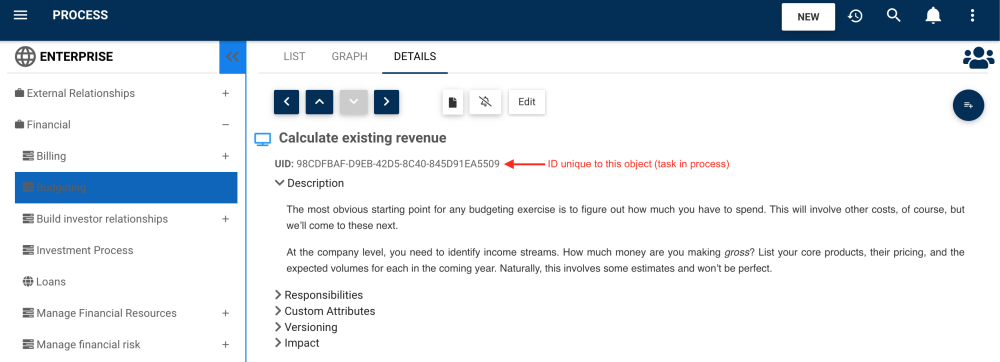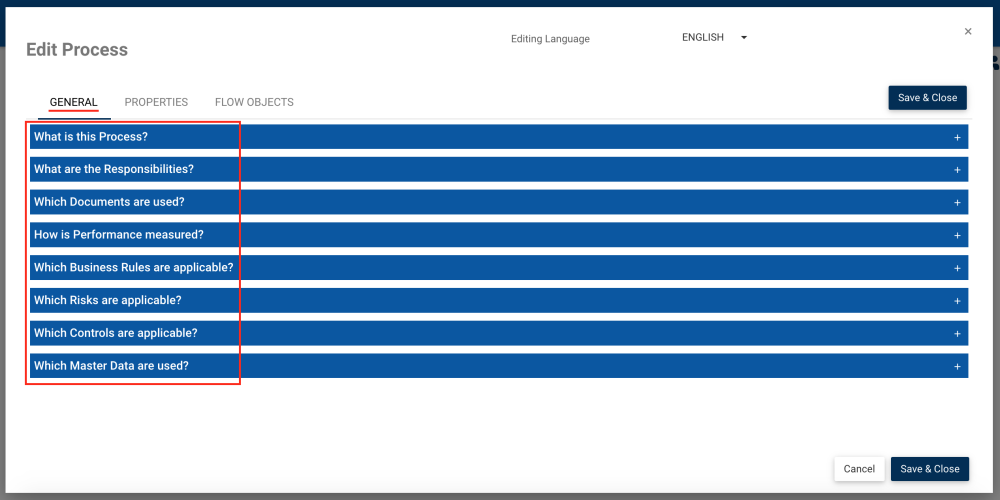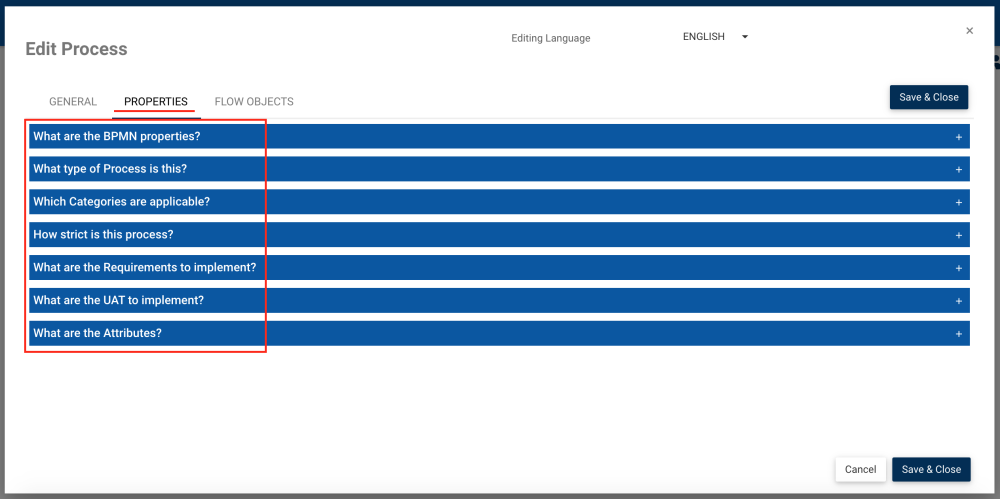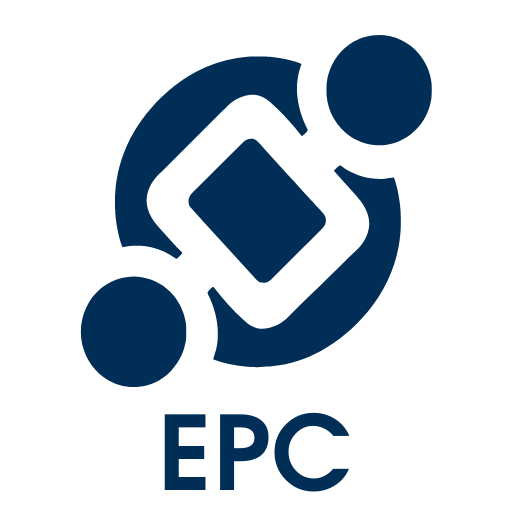This endpoint is used to update objects in EPC. This can apply to different scenarios of synchronizing (1-way and 2-way) data through an integrated script in the external system.
CURL Example:
curl --request PUT --url 'http://myepc.interfacing.com/api/v1/items/1450CEF9-89A3-4B48-98F7-09735BECD54B?draft=true' --header 'Content-Type: application/json' -b /tmp/cookie.tmp \
--data '{
"parent": {
"nodeId": "A9CCB5F4-9A79-8AE7-8C4C-289A025D0D88"
},
"@type": "NodeElement",
"nodeVersionId": "413426F8-66D4-49F6-843C-2F7AFEB298F5",
"name": "new name",
"nodeType": "DOCUMENT_SET",
"nodeId": "1450CEF9-89A3-4B48-98F7-09735BECD54B"
}'PUT http://myepc.interfacing.com/api/v1/items/[node-Id]
15:35:11.354 request:
3 > PUT http://myepc.interfacing.com/api/v1/items/1450CEF9-89A3-4B48-98F7-09735BECD54B?draft=true
3 > Authorization: Bearer eyJhbGciOiJSUzI1NiIsInR5cCI6IkpXVCJ9...
3 > Content-Type: application/json; charset=UTF-8
3 > Content-Length: 229
3 > Host: myepc.interfacing.com
3 > Connection: Keep-Alive
3 > User-Agent: Apache-HttpClient/4.5.13 (Java/11.0.15)
3 > Accept-Encoding: gzip,deflate
{
"parent": {
"nodeId": "A9CCB5F4-9A79-8AE7-8C4C-289A025D0D88"
},
"@type": "NodeElement",
"nodeVersionId": "413426F8-66D4-49F6-843C-2F7AFEB298F5",
"name": "new name",
"nodeType": "DOCUMENT_SET",
"nodeId": "1450CEF9-89A3-4B48-98F7-09735BECD54B"
}
15:35:11.440 response time in milliseconds: 86
3 < 200
3 < Server: nginx/1.21.6
3 < Date: Wed, 08 Jun 2022 19:35:11 GMT
3 < Content-Type: application/json
3 < Content-Length: 513
3 < X-Varnish: 198279
3 < Age: 0
3 < Via: 1.1 varnish (Varnish/7.1)
3 < Connection: keep-alive
{
"nodeSubTypeName": null,
"userNodeSubType": null,
"@type": "BaseElement",
"nodeVersionId": "BFA4C9F0-89C6-46C1-BD93-7CE15988BF5C",
"nodeType": "DOCUMENT_SET",
"creationDate": "2022-06-08T15:35:11.253-04:00",
"nodeStatus": "IN_PROGRESS",
"publishedNodeVersionId": null,
"version": "0.0002",
"nodeSubType": null,
"modificationDate": "2022-06-08T15:35:11.367-04:00",
"extensions": null,
"deleted": false,
"system": false,
"referenceNumber": null,
"name": "new name",
"locked": false,
"nodeId": "1450CEF9-89A3-4B48-98F7-09735BECD54B",
"favorite": false
}Technical Information
The easiest way to update an object is to retrieve the specific object, update it as desired and then submit the updated response as a PUT. Replace nodeId with the unique ID of the objects to update, that is always available in the EPC Details page of the item. See here:

- Endpoint URL: https://YOUREPC.interfacing.com/api/v1/items/{nodeId}
- Swagger URL: https://YOUREPC.interfacing.com/api/v1/swagger/#/Common/updateItem
What is this feature in EPC?
Web Modelers can update or edit objects on the EPC Web App. When clicking on the Edit button, Web Modelers will be redirected to the Edit Details window for the object. There, they can update a multitude of business information that describes the object, such as associations and responsibilities.
To know more about the edit function in EPC, please click here.


Related Topics
Need more help with this?
Visit the Support Portal


